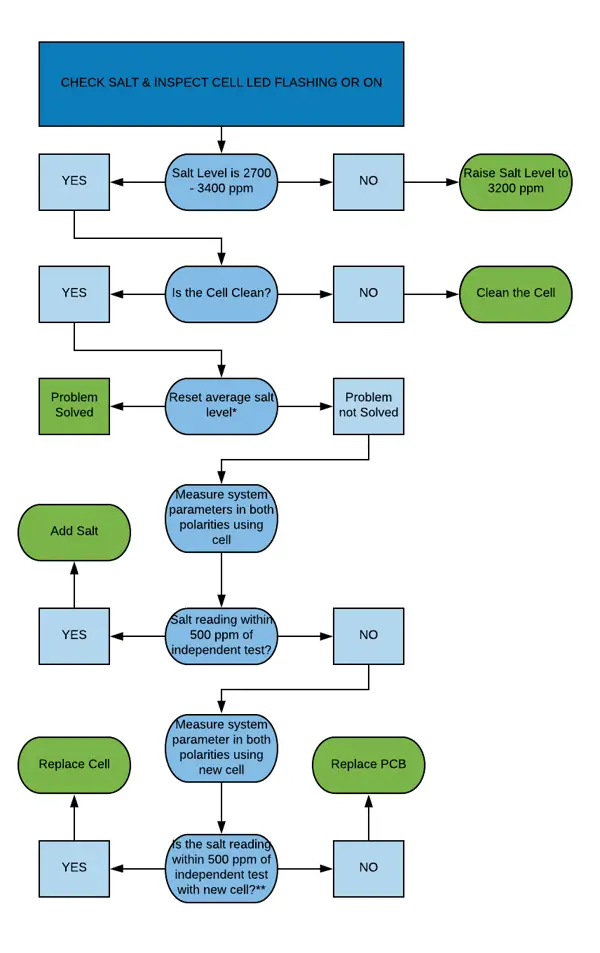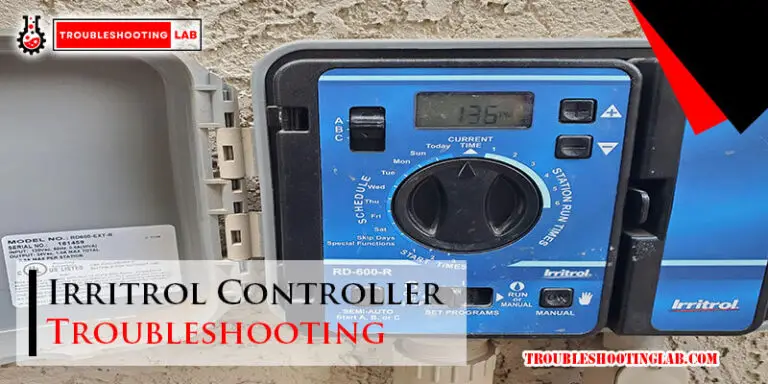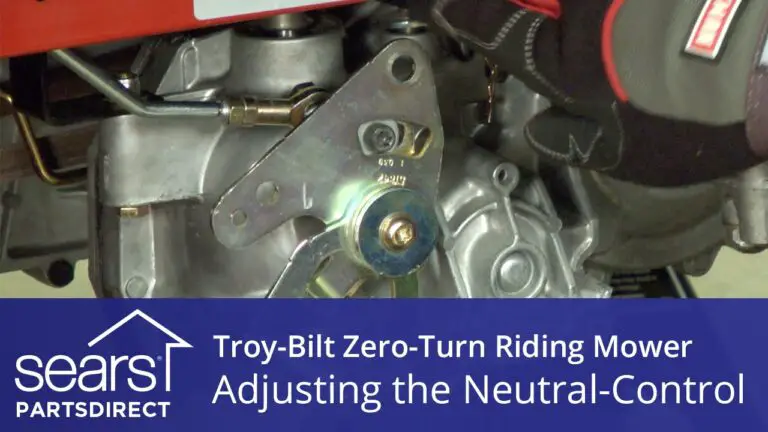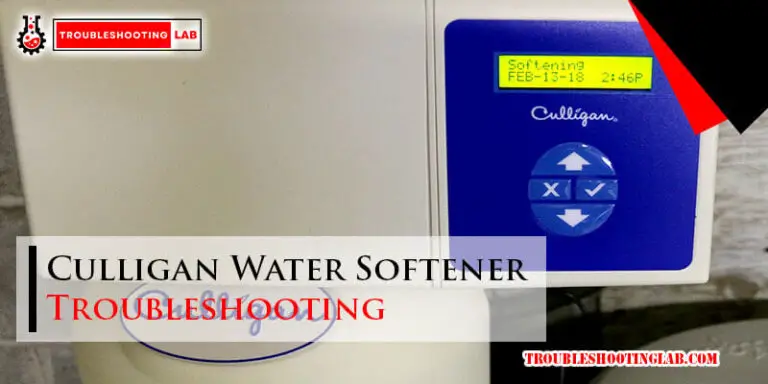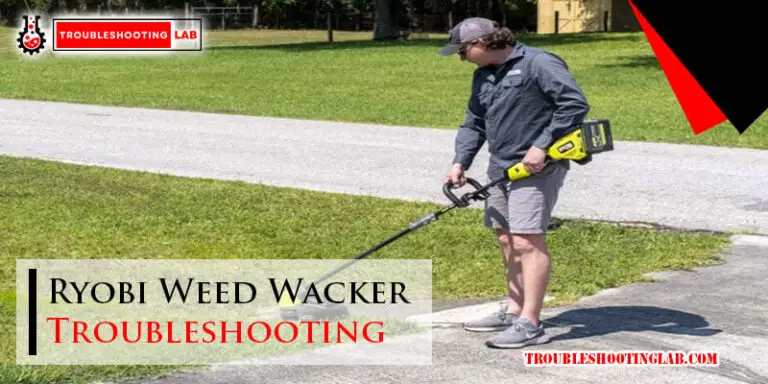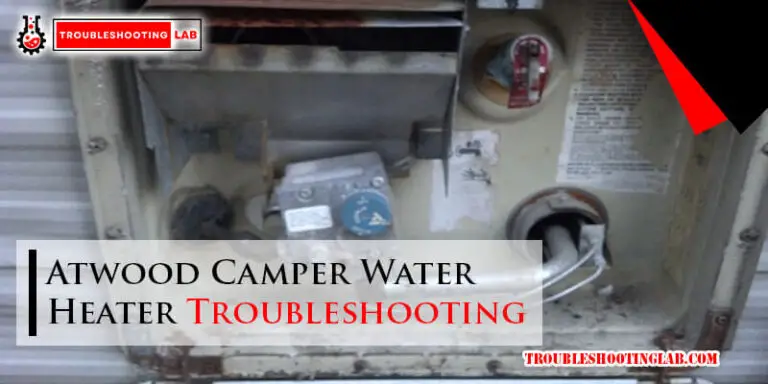Karcher Pressure Washer Troubleshooting: Quick Fixes & Tips
Karcher pressure washers are popular for their efficiency and power. But like any machine, they can face issues.
Experiencing problems with your Karcher pressure washer can be frustrating, especially when you need it most. Whether it’s a drop in pressure, strange noises, or a complete shutdown, these issues can disrupt your cleaning plans. Understanding common problems and their solutions can save you time and hassle.
This guide aims to walk you through troubleshooting steps to get your Karcher pressure washer back in action. By identifying and addressing these issues, you can ensure your pressure washer operates smoothly and effectively. Let’s dive into the common problems and simple fixes for your Karcher pressure washer.

Credit: balmor.co
Common Issues
Experiencing issues with your Karcher pressure washer can be frustrating. Understanding common problems will help you fix them quickly. This section covers three frequent issues: No Power, Low Pressure, and Water Leaks.
No Power
Sometimes, your Karcher pressure washer might not turn on. This can happen due to several reasons. First, check if the power cord is plugged in properly. Also, make sure the outlet is working. You can test this by plugging in another device.
If the outlet is working, inspect the power cord for any signs of damage. A damaged cord can prevent the washer from turning on. Replace it if necessary. Lastly, check the fuse or circuit breaker. If it has tripped, reset it.
Low Pressure
Low pressure is another common issue with Karcher pressure washers. This can be due to a clogged nozzle. To fix this, clean the nozzle with a needle. Another reason for low pressure could be a dirty water filter. Clean or replace the filter to ensure proper water flow.
Also, check for any kinks in the hose. Straighten the hose if needed. Lastly, ensure the water supply is adequate. Low water flow can cause low pressure. You can use a table to summarize the steps:
| Step | Action |
|---|---|
| 1 | Clean the nozzle |
| 2 | Clean or replace the filter |
| 3 | Straighten the hose |
| 4 | Ensure adequate water supply |
Water Leaks
Water leaks can occur in various parts of your pressure washer. Check the connections between the hose and the washer. Make sure they are tight. Loose connections can cause leaks.
Inspect the seals and O-rings. Worn-out seals can lead to leaks. Replace them if necessary. Lastly, check the hose for any cracks or holes. A damaged hose can cause water to leak. Replace it if needed.
To summarize:
- Check connections
- Inspect and replace seals and O-rings
- Replace damaged hose
Basic Maintenance
Basic maintenance is crucial for your Karcher pressure washer. It ensures the machine runs efficiently and lasts longer. Below are some easy steps to keep your pressure washer in top shape.
Regular Cleaning
Regular cleaning is vital. Start by clearing any debris from the nozzles. A clogged nozzle can decrease pressure. Use a small brush or a needle to clean it.
Next, check the water inlet screen. It should be free of dirt. A dirty screen can block water flow. Rinse it under running water to remove any debris.
Also, inspect the detergent filter. Detergent buildup can affect performance. Clean it with water and a mild detergent.
Proper Storage
Proper storage is essential. Store your pressure washer in a dry place. Moisture can cause rust and damage.
Before storing, drain any remaining water. This prevents freezing and cracks in cold weather. Disconnect all hoses and accessories.
Wrap the power cord neatly. Avoid sharp bends that can cause wear. Store your pressure washer on a flat surface to keep it stable.
Power Problems
Experiencing power problems with your Karcher pressure washer can be frustrating. Sometimes, your pressure washer may refuse to start or suddenly stop working. Understanding the potential issues can help you troubleshoot effectively. This section will focus on two main areas: checking the power supply and inspecting the fuse.
Checking Power Supply
First, ensure your Karcher pressure washer is properly connected to a power source. A loose connection can cause power problems. Follow these steps to check:
- Verify the power cord is plugged into a working outlet.
- Check the extension cord, if using one, for any damage or wear.
- Ensure the outlet is supplying power. Test it with another device.
If the outlet and cord are fine, the issue might lie within the pressure washer itself. Move on to the next step.
Inspecting Fuse
The fuse protects your Karcher pressure washer from electrical surges. A blown fuse can prevent the washer from operating. Here’s how to inspect the fuse:
- Locate the fuse box on your pressure washer.
- Open the fuse box using a screwdriver.
- Check the fuse for any signs of damage or discoloration.
- Replace the fuse if it looks damaged. Use the same type and rating.
Regularly checking and replacing the fuse ensures the pressure washer functions properly. If the fuse is intact and the power problem persists, other internal issues may be at play.
Pressure Loss
Experiencing pressure loss in your Karcher pressure washer can be frustrating. This issue affects the cleaning performance and leaves dirt untouched. Understanding the common causes helps restore the washer’s efficiency.
Clogged Nozzles
Nozzles may get clogged over time, leading to pressure loss. Small debris or mineral deposits can obstruct the nozzle opening. To troubleshoot:
- Turn off the pressure washer.
- Remove the nozzle.
- Inspect for any blockages.
- Clean the nozzle with a small brush or needle.
- Rinse with water to ensure it is clear.
Regular cleaning of the nozzle prevents future clogs. Also, using clean water reduces debris buildup.
Worn Seals
Worn seals are another reason for pressure loss. Seals around the pump can degrade over time, causing leaks. To address this:
- Check the seals for any visible wear or damage.
- If damaged, replace the seals.
- Ensure the new seals are correctly installed.
Regular maintenance of the seals extends the life of your pressure washer. Always use genuine parts for replacements to ensure compatibility.
By addressing these common issues, you can maintain optimal pressure and keep your Karcher pressure washer performing at its best.
Water Leak Solutions
Experiencing water leaks with your Karcher pressure washer? Don’t worry. This common issue often has simple solutions. Let’s explore some effective ways to fix water leaks. These solutions will help you get your pressure washer back in top shape.
Tightening Connections
Loose connections can cause water leaks. Check all hose connections. Ensure they are tight. Use a wrench if needed. Tighten the connections firmly. Avoid over-tightening as it can damage the threads. Inspect the connections regularly. Tight connections prevent leaks and ensure smooth operation.
Replacing O-rings
O-Rings play a crucial role. They seal connections and prevent leaks. Over time, O-Rings can wear out. Inspect the O-Rings for cracks or damage. Replace worn-out O-Rings immediately. Purchase the correct size from a hardware store. Lubricate new O-Rings with a bit of grease. This helps them fit better and last longer.
Pump Issues
The pump in your Karcher pressure washer is essential for its performance. Problems with the pump can reduce efficiency or cause damage. Understanding and troubleshooting these issues will help keep your pressure washer in top condition.
Overheating
An overheating pump is a common issue. This can occur due to prolonged use or insufficient water supply. To prevent overheating, ensure the water flow is constant and adequate.
If the pump overheats, follow these steps:
- Turn off the pressure washer immediately.
- Allow the unit to cool down for at least 30 minutes.
- Check the water supply and make sure it’s not restricted.
- Inspect the inlet filter for any blockages and clean if necessary.
Regular maintenance can help prevent overheating. Always check the water supply and filters before use.
Air In Pump
Air in the pump can cause the pressure washer to lose pressure. This issue often occurs when the hose connections are loose or there is air trapped in the pump.
To remove air from the pump, follow these steps:
- Turn off the pressure washer.
- Disconnect the high-pressure hose from the pump.
- Turn on the water supply and let it run through the pump for a few minutes.
- Reconnect the high-pressure hose.
- Turn on the pressure washer and test the pressure.
Ensure all connections are tight to prevent air from entering the pump. Regularly check hoses and fittings for any signs of wear or damage.
Hose And Nozzle Care
Proper care of your Karcher pressure washer’s hose and nozzle is crucial. It ensures longevity and efficiency. Regular maintenance prevents common issues. This guide will help you keep your equipment in top shape.
Removing Blockages
Blockages in the hose or nozzle can reduce performance. Follow these steps to clear them:
- Turn off the pressure washer.
- Disconnect the hose and nozzle.
- Inspect the nozzle for debris.
- Use a small brush or wire to remove blockages.
- Run water through the hose to flush out debris.
Inspecting For Damage
Regular inspection of the hose and nozzle can prevent bigger issues. Here’s what to look for:
- Check for cracks or splits in the hose.
- Look for wear or damage on the nozzle.
- Ensure connections are tight and leak-free.
| Part | What to Check |
|---|---|
| Hose | Cracks, splits, kinks |
| Nozzle | Debris, wear, damage |
If you find any damage, replace the part immediately. This ensures your pressure washer works efficiently.
Credit: www.espares.co.uk
Advanced Troubleshooting
Advanced troubleshooting for your Karcher pressure washer can save you time and money. Understanding the common issues and how to fix them is key. Here, we delve deeper into motor malfunctions and electrical component checks.
Motor Malfunctions
Motor issues can stem from various sources. First, inspect the power source. Ensure the power supply is consistent. A faulty outlet can cause the motor to fail. Next, check the extension cords. Long or damaged cords may not deliver enough power.
Another issue could be the motor’s thermal protection switch. This switch prevents overheating. If the motor stops suddenly, let it cool. Then, restart the washer. If the motor continues to fail, the switch might be defective. In this case, a replacement is necessary.
Listen to the motor. Unusual sounds can indicate internal problems. Grinding or screeching noises often mean worn-out bearings. Replacing these parts can restore the motor’s function. Always consult the user manual for specific guidance.
Electrical Component Checks
Electrical components are vital for proper operation. Start by examining the power cord. Look for any visible damage. Cuts or exposed wires can disrupt power flow. Replace damaged cords immediately.
Next, inspect the fuse or circuit breaker. These components protect against electrical surges. A blown fuse or tripped breaker will stop the washer. Replace the fuse or reset the breaker as needed. If the issue persists, professional help may be required.
Check the switch assembly. A faulty switch can prevent the motor from running. Use a multimeter to test for continuity. If the switch is bad, replace it. Proper maintenance can prevent many electrical issues. Always store your washer in a dry place. Moisture can damage electrical parts.
Pro Tips
Having trouble with your Karcher pressure washer? Don’t worry. These pro tips can help you get the best out of your machine. From choosing the right detergent to optimizing pressure settings, this guide has you covered.
Choosing The Right Detergent
Using the correct detergent can make a big difference. Not all detergents are equal. Some are made for specific tasks. Look at the label. Make sure the detergent is compatible with your Karcher pressure washer. Using the wrong detergent can damage your machine. It can also reduce cleaning efficiency.
For general cleaning, a multi-purpose cleaner works well. For tougher jobs, like oil stains, use a heavy-duty detergent. Always follow the manufacturer’s instructions. This ensures you get the best results. It also extends the life of your pressure washer.
Optimizing Pressure Settings
Correct pressure settings are crucial. Too much pressure can damage surfaces. Too little pressure won’t clean effectively. Start with the lowest setting. Gradually increase the pressure. Find the sweet spot that cleans well without causing harm.
Different surfaces need different pressures. Concrete can handle high pressure. Wood or painted surfaces need lower settings. Check the user manual. It usually has recommended settings for various tasks.
Adjust the nozzle to change the spray pattern. A narrow spray is good for stubborn dirt. A wider spray is better for general cleaning. Adjusting both the pressure and the nozzle can make your cleaning more efficient.

Credit: m.youtube.com
Frequently Asked Questions
Why Won’t My Karcher Pressure Washer Start?
Check the power source. Ensure the machine is plugged in and switch is on.
How Do I Fix Low Pressure In My Karcher Washer?
Clean the nozzle and check for blockages. Ensure the water supply is adequate.
Why Does My Karcher Washer Keep Shutting Off?
Overheating or a tripped circuit breaker could be the cause. Let it cool down.
What To Do If Karcher Washer Leaks Water?
Inspect hoses and connections for damage. Replace any faulty parts immediately.
Why Is My Karcher Washer Not Dispensing Detergent?
Ensure the detergent tank is full. Check for clogs in the detergent tube.
Conclusion
Troubleshooting your Karcher pressure washer is simple with these tips. Regular checks and maintenance ensure smooth operation. Always address issues early to avoid bigger problems. Clean filters, check hoses, and inspect connections regularly. A well-maintained pressure washer lasts longer and performs better.
Save time and money by keeping your equipment in top shape. Follow these steps and enjoy efficient cleaning with your Karcher pressure washer. Happy cleaning!

